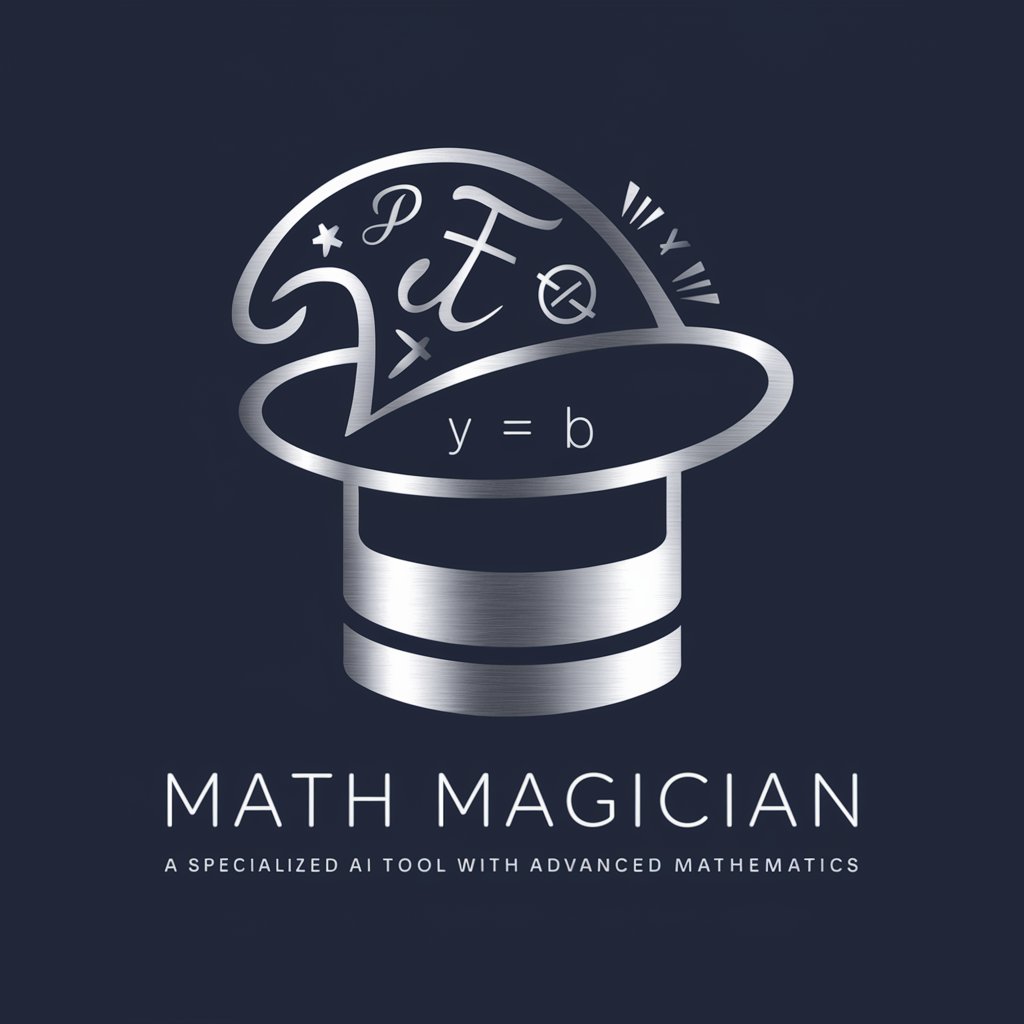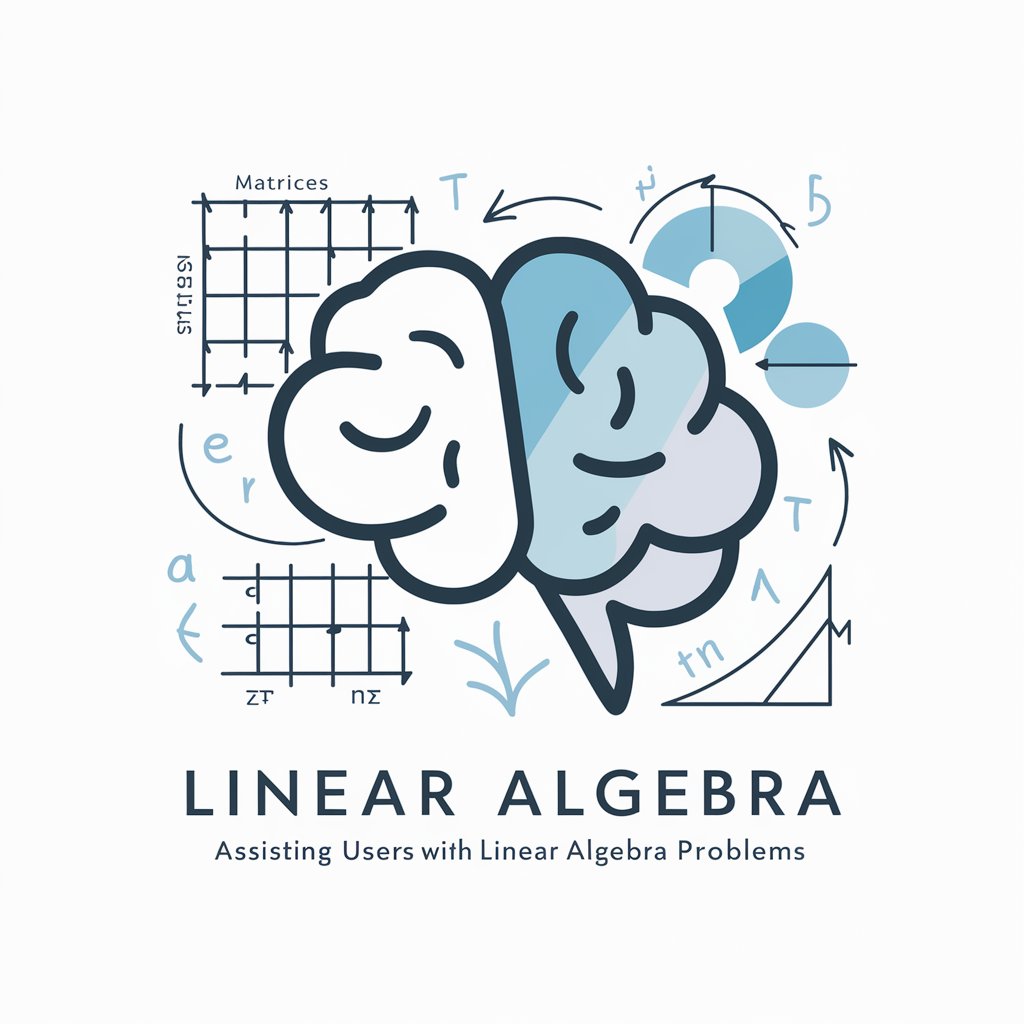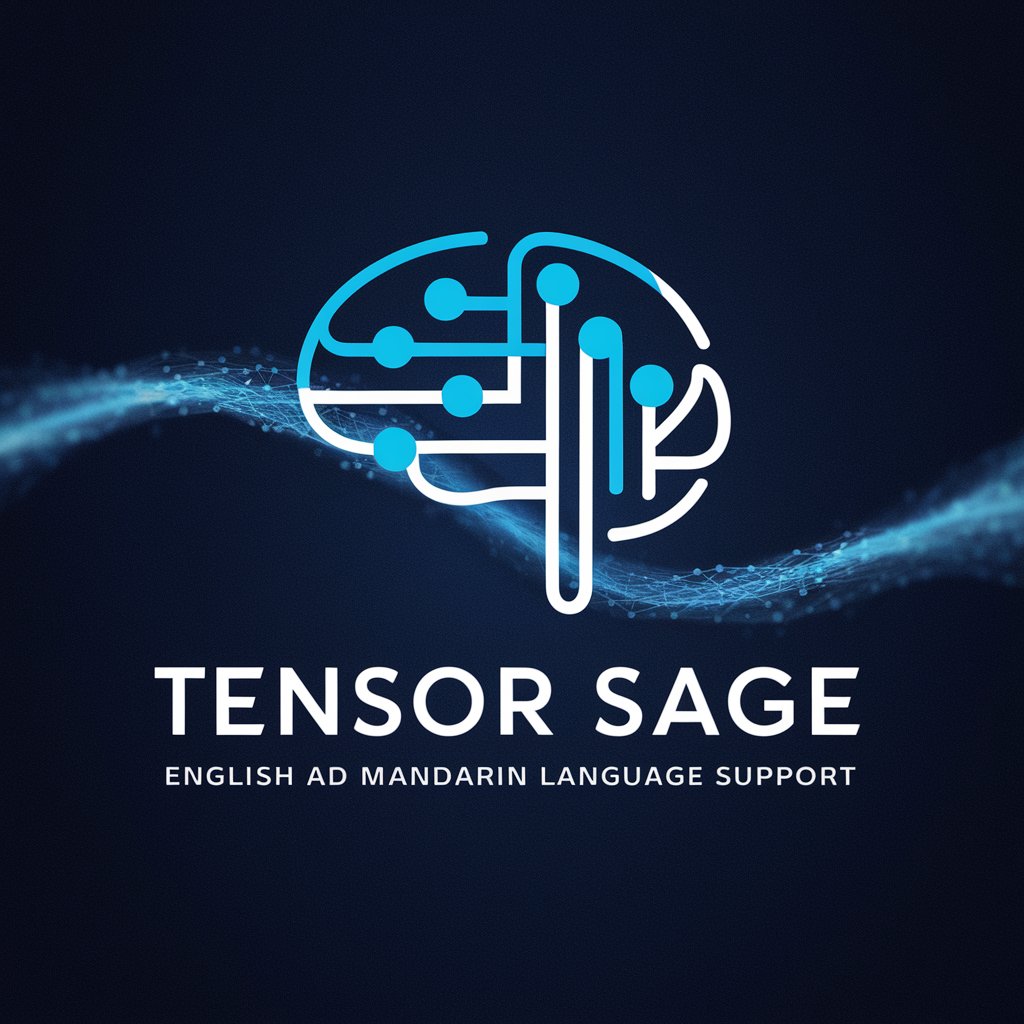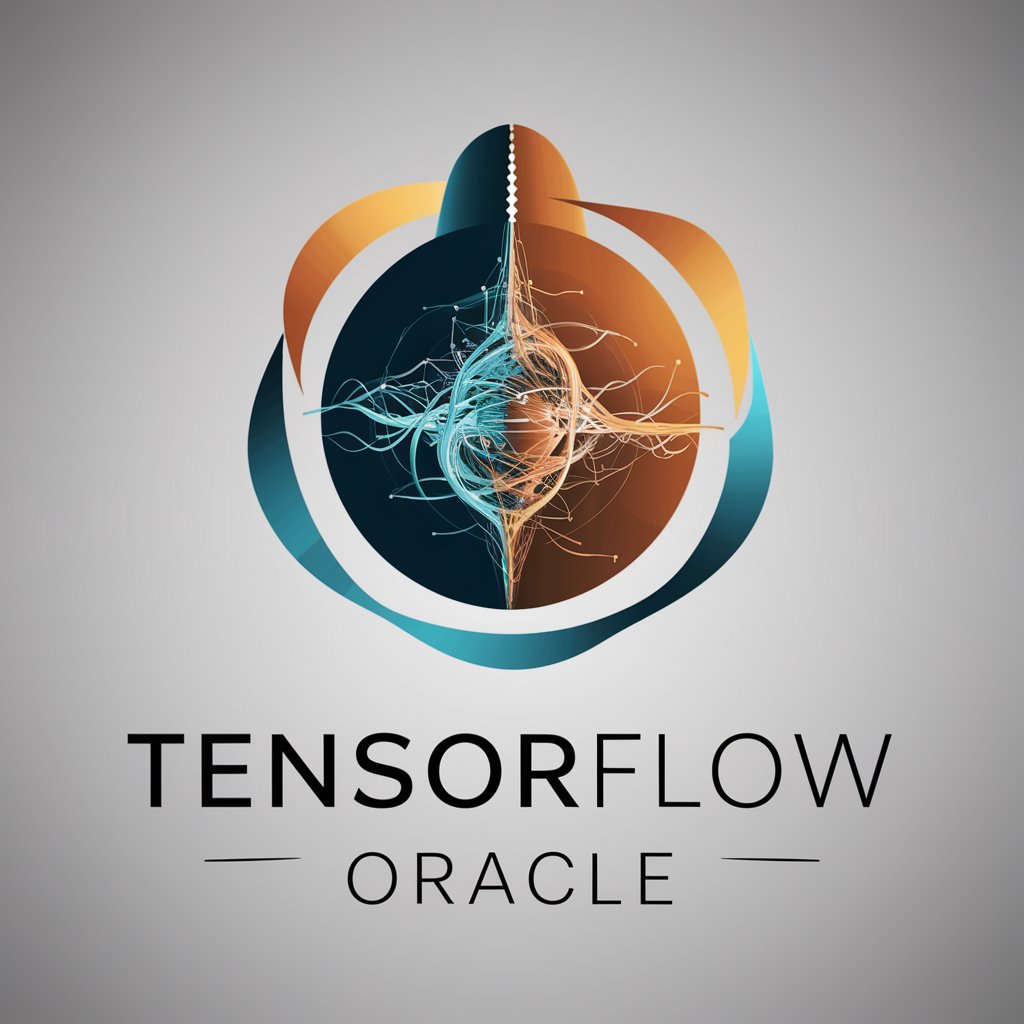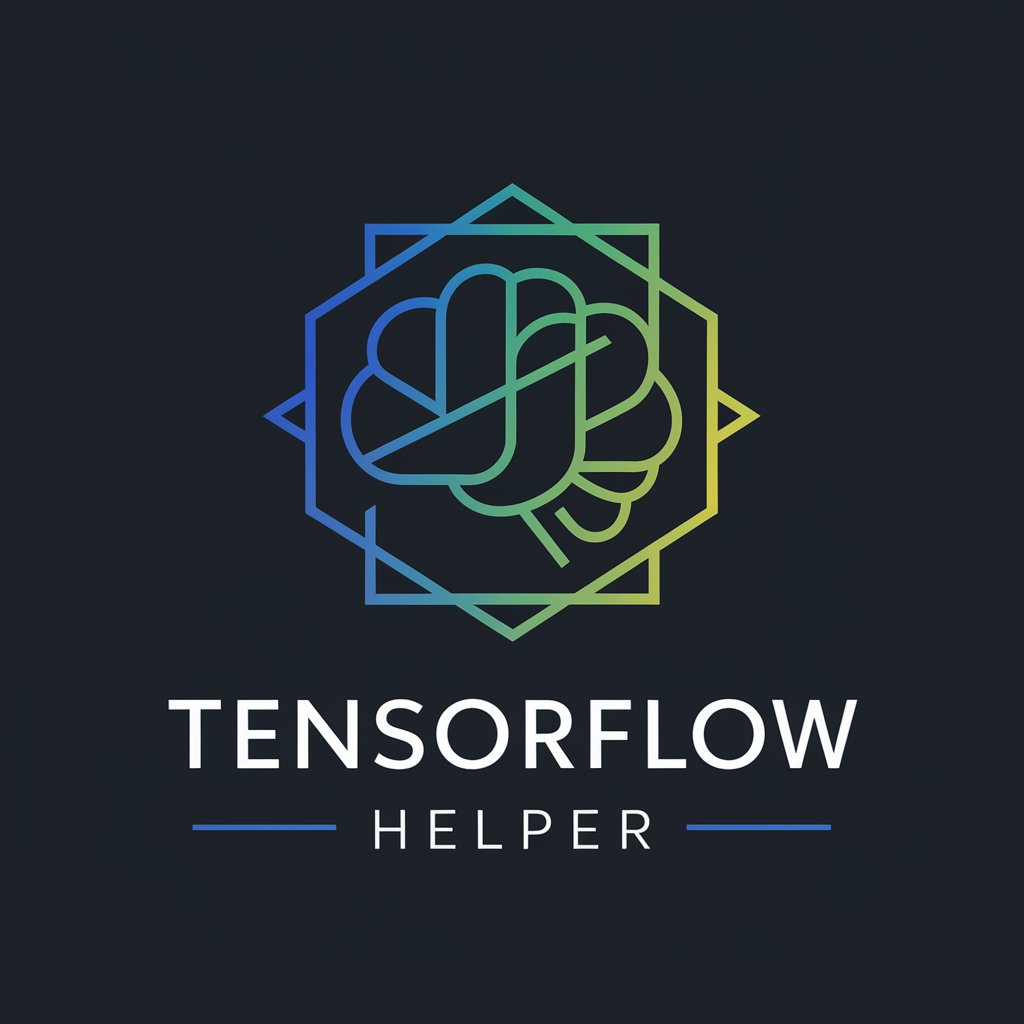
Tensor Debug Helper - Tensor Network Assistance

Hello! Need help with tensor networks? I'm here!
Optimize tensor networks with AI.
Analyze the efficiency of the tensor contraction algorithm
Identify potential bottlenecks in the MPO × MPS multiplication process
Suggest optimizations for the density matrix renormalization group algorithm
Explain the complexity of the direct tensor contraction method
Get Embed Code
Introduction to Tensor Debug Helper
Tensor Debug Helper is designed to assist developers and researchers working with tensor network contraction algorithms, specifically within the context of quantum physics and computational models. As a specialized GPT model, its primary purpose is to understand and debug Python code related to tensor networks, provide algorithmic improvements, and elucidate complex tensor concepts. For instance, if a user encounters an issue with the Density Matrix Renormalization Group (DMRG) algorithm, Tensor Debug Helper can analyze the problem, suggest optimizations, and explain the underlying mathematical principles. A practical example could be assisting in the optimization of a matrix product operator (MPO) representation, crucial for simulating quantum systems efficiently. Powered by ChatGPT-4o。

Main Functions of Tensor Debug Helper
Code Analysis and Debugging
Example
Identifying inefficiencies in the contraction order of tensor networks which could lead to unnecessary computational overhead.
Scenario
A developer struggles with the exponential growth in computational complexity while implementing an MPO for simulating quantum systems. Tensor Debug Helper suggests a more efficient contraction sequence, potentially reducing the complexity from exponential to polynomial time.
Algorithmic Improvement Suggestions
Example
Proposing the use of the 'fitting algorithm' for MPO × MPS (Matrix Product State) operations to avoid explicit form construction and reduce computational cost.
Scenario
While working on quantum state evolution, a researcher faces challenges with the scalability of their tensor network model. Tensor Debug Helper recommends applying the fitting algorithm for efficient MPS updates, enabling larger system simulations.
Educational Explanations
Example
Explaining the principles of the density matrix algorithm for compressing an MPS after applying an MPO, highlighting its advantages for quantum state compression.
Scenario
A student new to tensor networks struggles to understand the process of compressing a quantum state represented as an MPS after an MPO has been applied. Tensor Debug Helper provides a step-by-step explanation, including the significance of eigendecompositions in this context.
Ideal Users of Tensor Debug Helper
Quantum Computing Researchers
Researchers focused on quantum computing and simulation can leverage Tensor Debug Helper to optimize tensor network algorithms, enabling more efficient simulations of quantum systems and potentially uncovering new physical insights.
Software Developers in Quantum Technologies
Software developers working on quantum technology platforms, especially those involved in the development of quantum simulation software, would find Tensor Debug Helper invaluable for debugging and optimizing tensor network-related code.
Educators and Students
Educators teaching quantum computing concepts and students learning about tensor networks and DMRG algorithms would benefit from Tensor Debug Helper's ability to clarify complex concepts and demonstrate practical implementations.

Using Tensor Debug Helper
Start your journey
Begin by accessing a free trial at yeschat.ai, which doesn't require login or a ChatGPT Plus subscription.
Prepare your code
Ensure your tensor network contraction algorithm is ready for debugging or optimization. This includes having your Python code accessible and understanding the specific issues you need assistance with.
Describe your problem
Clearly describe the issue you're facing with your tensor network contraction algorithm. Include any error messages, unexpected outputs, or areas where performance is lacking.
Follow provided suggestions
Implement the suggestions provided by Tensor Debug Helper. This may involve adjusting your code, changing your approach to tensor contraction, or applying specific optimization techniques.
Iterate and improve
Use the insights and solutions provided to refine your algorithm. Iterate on the process as needed, leveraging Tensor Debug Helper for further assistance.
Try other advanced and practical GPTs
ML Debug Master
Empowering your ML journey with AI-driven insights.
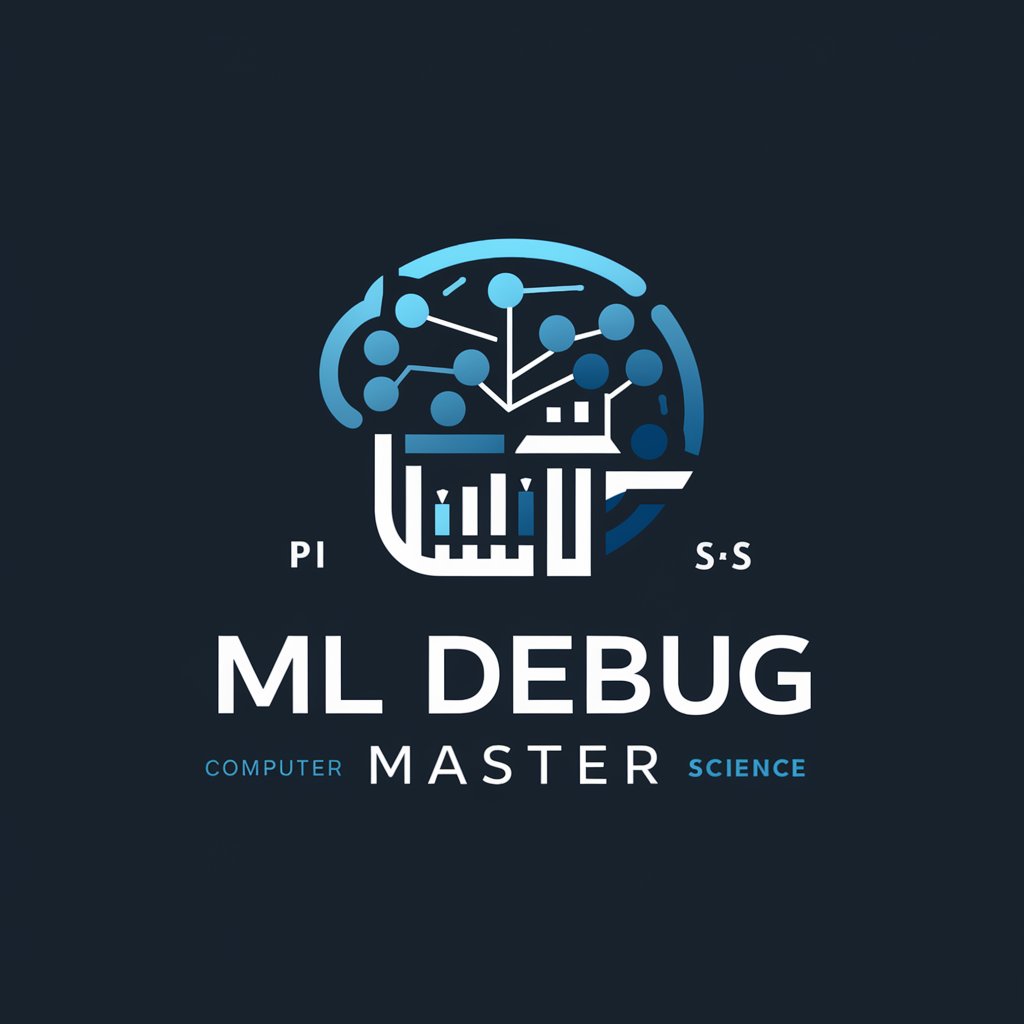
Daddy Debug
Debug smarter, not harder with AI.
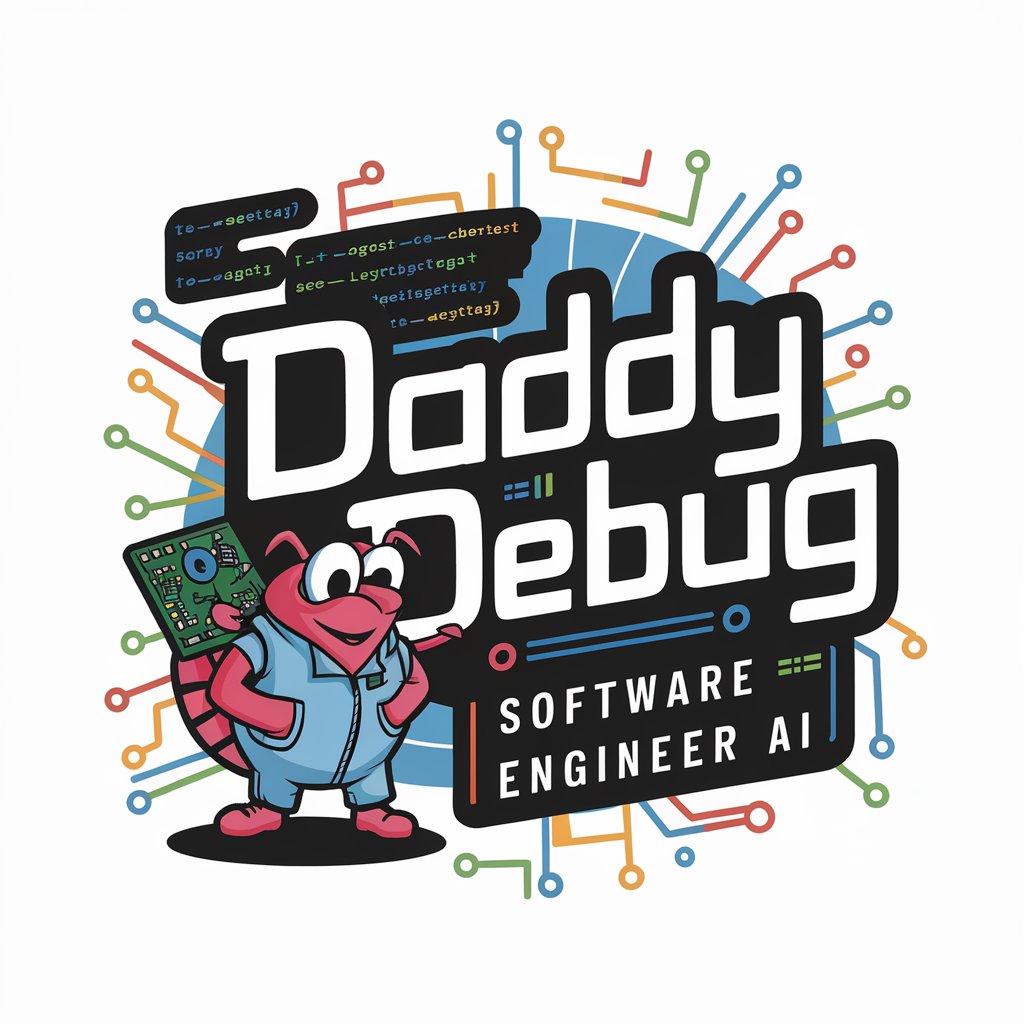
Kim Debug Helper
Debugging Made Personal and Interactive

MathGPT
Unlocking the Power of Math with AI
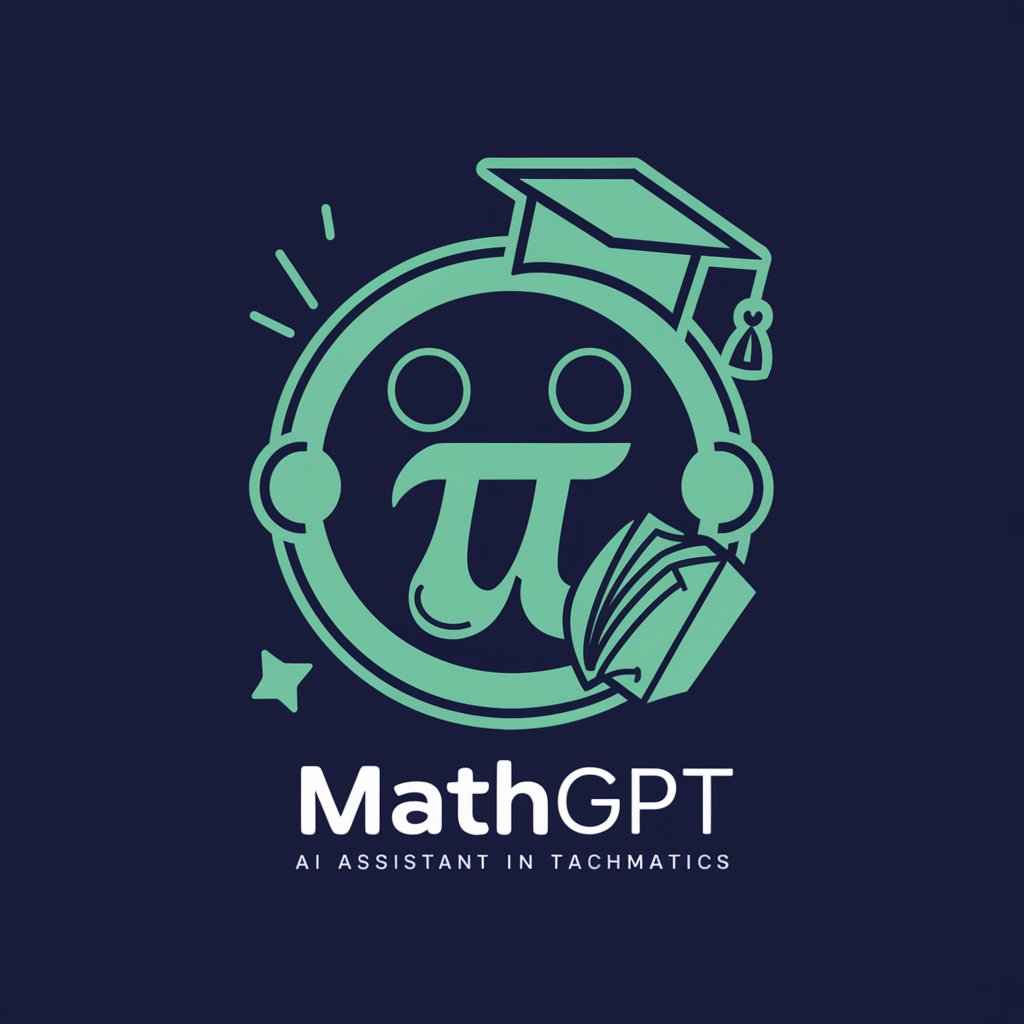
MathGPT
AI-powered Math Mastery

MathGPT
Elevate Your Math IA with AI
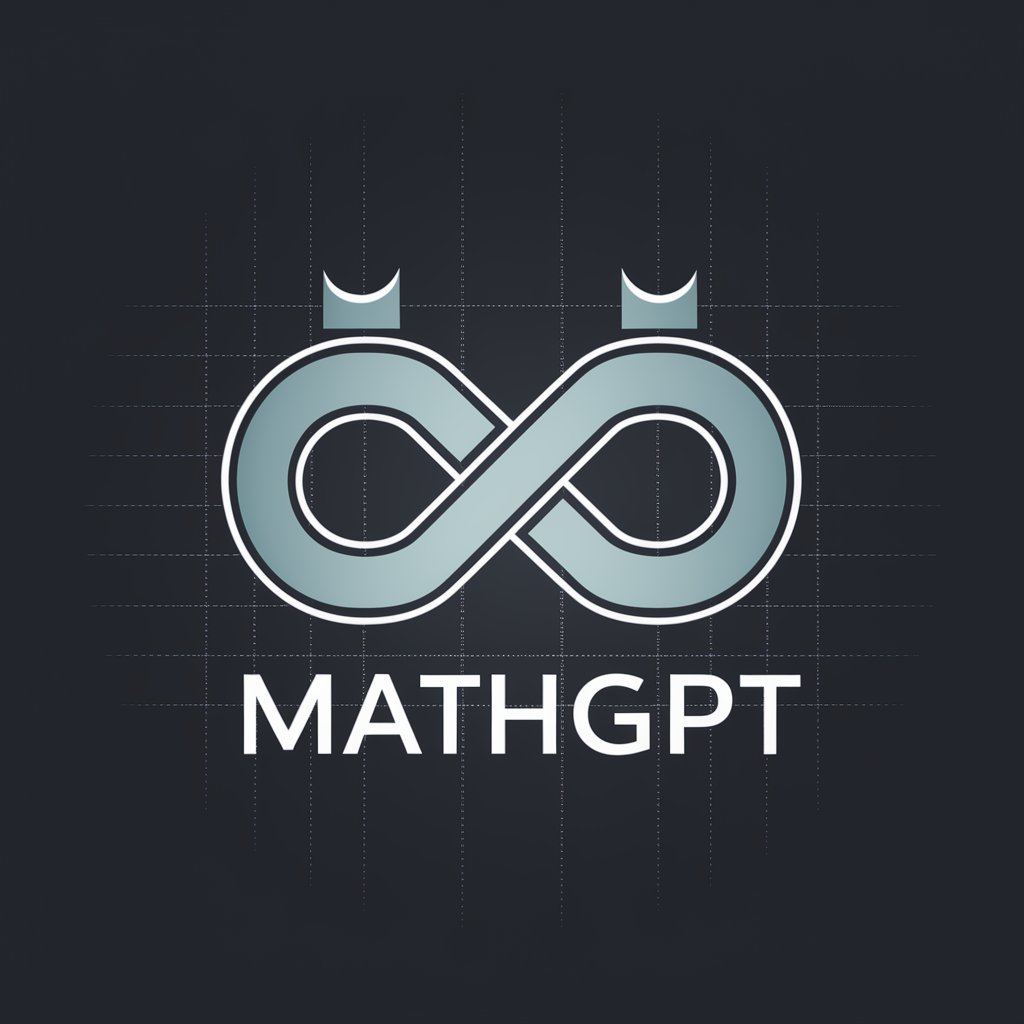
GPF Debug Master
Debug Smarter, Not Harder

Android Debug Master
Elevate your Android code with AI

Debug Code Rust.
AI-driven Rust debugging and optimization.
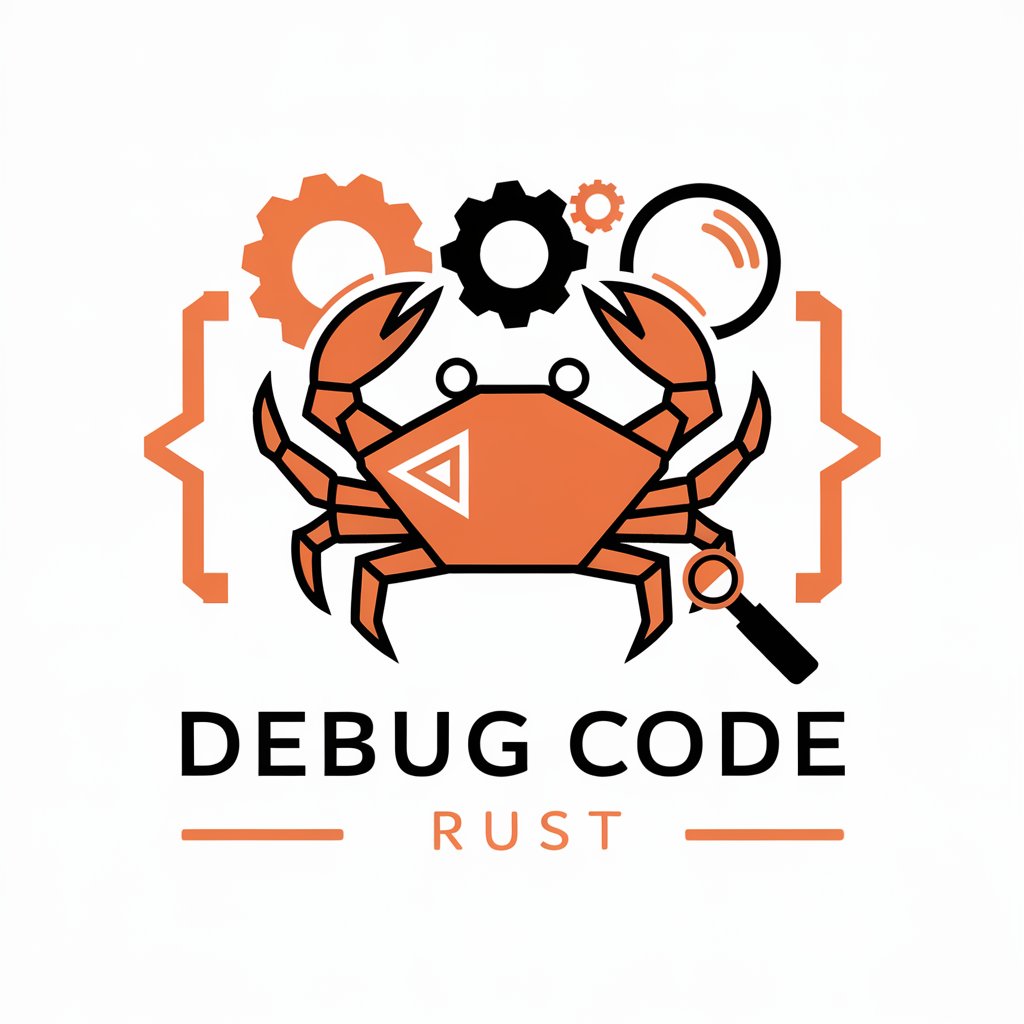
Debug Logger
Automate debugging with AI-powered logs
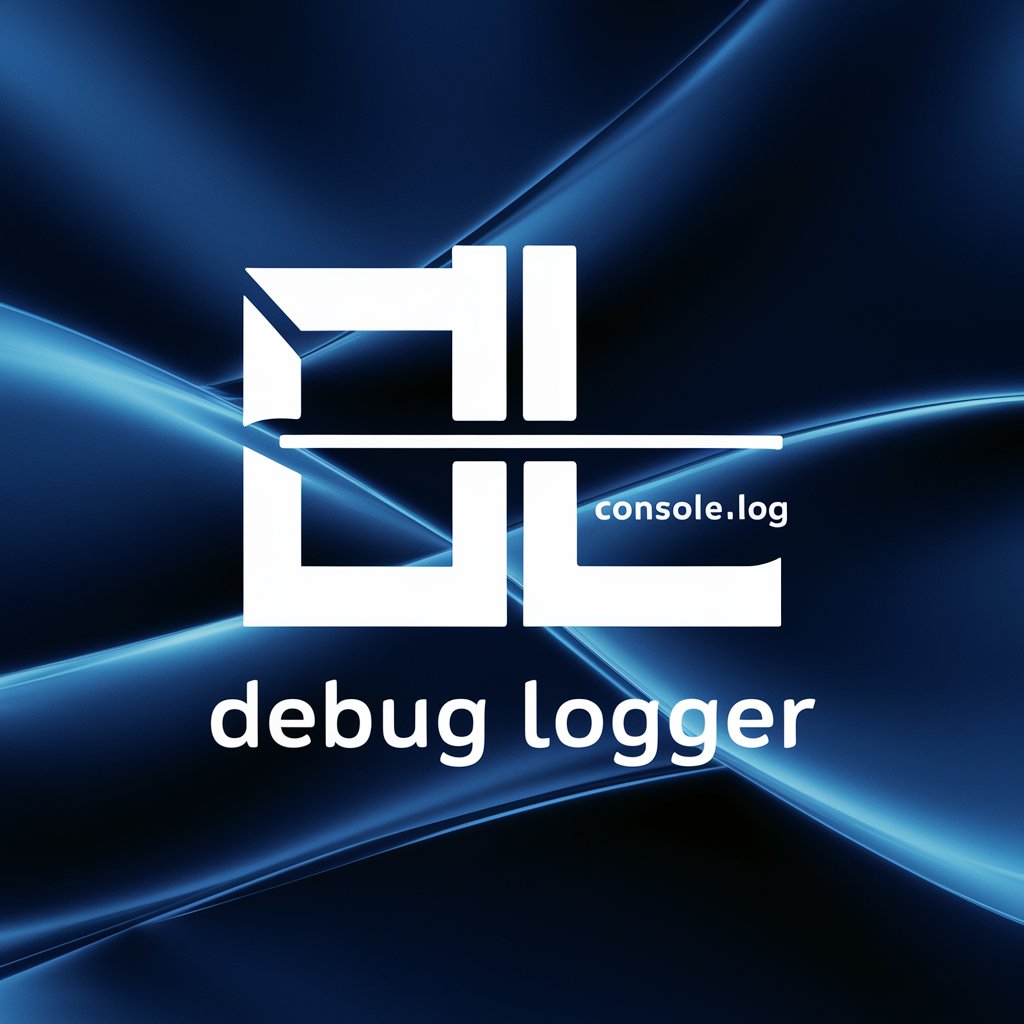
中国DEBUG GPT
Empowering software solutions with AI.
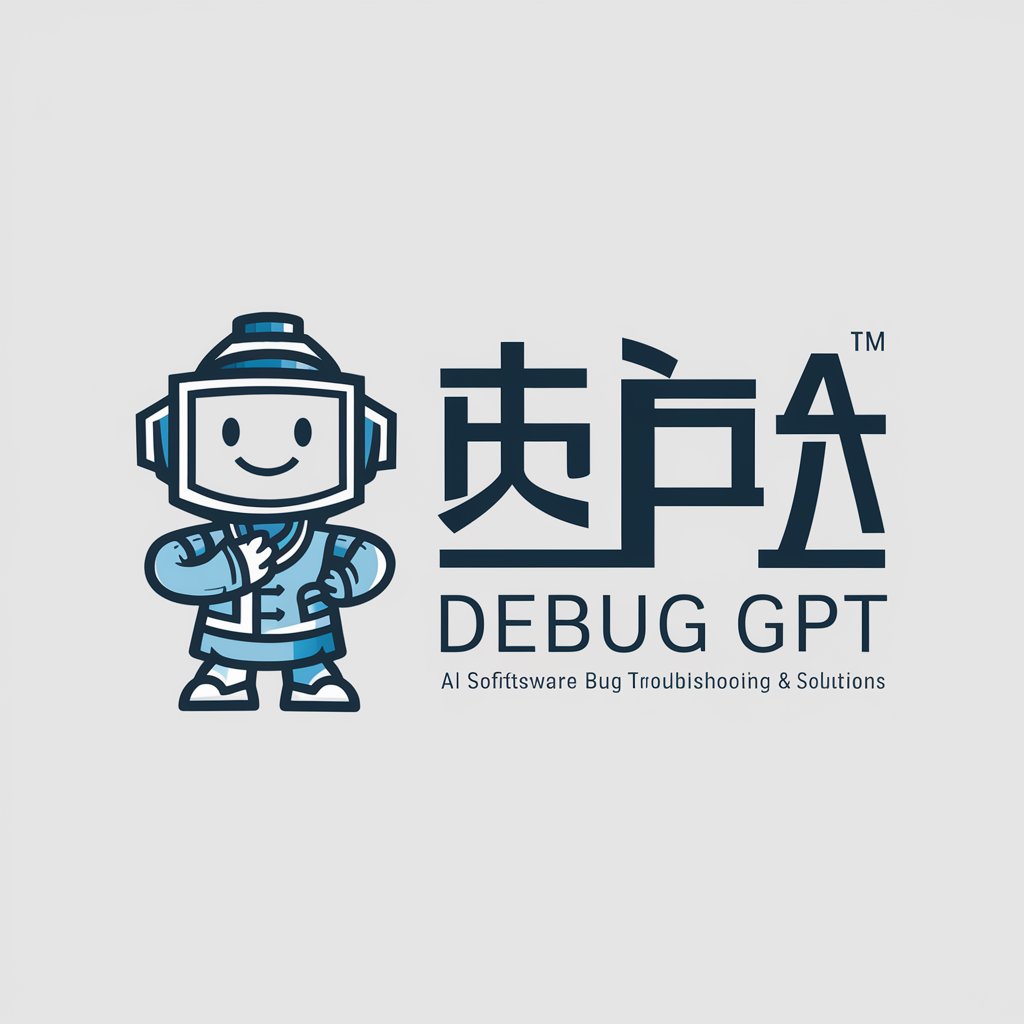
Debug Expert
Empowering your code with AI-driven debugging.

Tensor Debug Helper Q&A
What is Tensor Debug Helper?
Tensor Debug Helper is an AI-powered tool designed to assist developers in debugging and optimizing tensor network contraction algorithms. It provides insights into algorithmic errors, suggests improvements, and explains complex tensor concepts.
How can Tensor Debug Helper assist with DMRG algorithms?
It can analyze Python code implementing DMRG algorithms, identify inefficiencies or errors in tensor network contractions, suggest optimizations, and help improve the accuracy and performance of the algorithm.
Can Tensor Debug Helper suggest optimizations for large-scale tensor networks?
Yes, it can suggest strategies for managing large-scale tensor networks, such as efficient contraction orders, memory management techniques, and parallelization strategies to improve computational efficiency.
How does Tensor Debug Helper handle complex tensor algebra issues?
It leverages in-depth knowledge of linear algebra and tensor operations to provide solutions to complex problems, such as identifying bottlenecks in tensor contractions and suggesting algebraic simplifications.
What are the prerequisites for using Tensor Debug Helper?
Users should have a basic understanding of tensor networks and the Python programming language. It's also helpful to have a specific problem or question in mind regarding tensor network contraction algorithms.
